

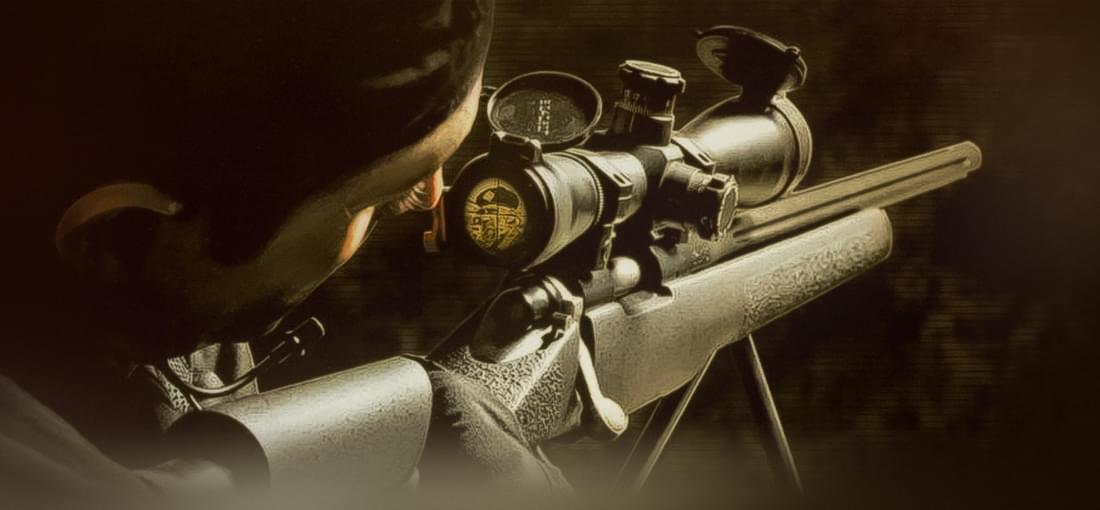
This is the closest any game has come to the feel of 1980s American action films, especially the ones starring Arnold Schwarzenegger. It has excessive violence, over-the-top plot, one-man-army action. Said violence is the game's focus and fairly unique selling point, boasting surprisingly many hit-zones (outside of SoF's sequel, I can't think of any other game that differentiates in its reaction animations between a shot to the head and to the neck, for instance) and easy dismemberment. You can enjoy a sight of an enemy clutching his leg, hopping after a shot in the foot, or "dancing" under SMG fire. I would've given the game 5 stars, but I had minor technical issues with controls. Mainly, they seemed at times floaty or had lag spikes somehow connected with, well, connectivity: they would get the worst while the game was showing an icon with an unplugged ethernet cable. Also, sometimes when strafing or moving through narrow spaces, the game would "add" another direction to the buttons I was supposedly pressing (e.g. the character also moving back while I was trying to strafe to the side).
My knowledge of the 2000AD comics ends with the two Dredd films, so I enjoyed a more hands-on depiction of that world. The game is fun if rather short (4-5 hours for the story mode plus some bonus modes, depending on the difficulty setting and your willingness to explore). I strangely enjoyed the arresting mechanic: in the first half of the game, you can intimidate most enemies into surrendering (by shooting the weapon out of their hand, wounding them close to the point of killing, or eliminating the elite enemies first) and arresting them, at which point you see a brief report with their name, charges and sentence. Additionally, every mission ends with the total number of years in prison you've sentenced people to. I ended up going out of my way to disarm and intimidate as many enemies as possible and found it very satisfying. The aged graphics and imperfect gameplay are nothing new to people who play the classics, so they should be too much of a downside.
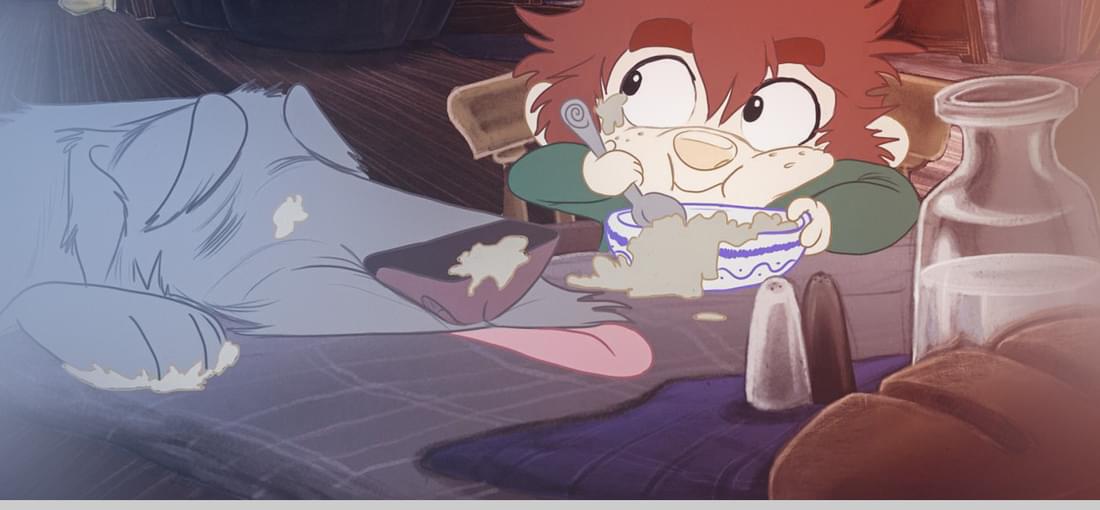
There's plenty of charm to the game, especially to the animations (kudos to whoever animated the cooking section with the little girl and the dog) and the voice-acting (especially that of Lily). However, the game's way on the short side (only an hour-and-a-half for me) and very easy. It's not necessarily a problem, especially if you're after an adventure game for children. I felt, however, that the darker moments were a touch much compared to the idyllic and comedic charm of the majority of it.
The art style is charming, but the game is way too short: 30-90 minutes, depending on the time it takes you to see through the game's dream logic. There is one particular puzzle that really bothered me. For the benefit of not spoiling what little game there is, I'll try to be vague about the puzzle. Here goes: you have to repeat a certain nonsensical task three time to collect fuel. Afterwards, if you make a mistake in the timing or order of tasks pumping the collected fuel, you'll have to repeat the process of collecting it again. Since there's little indication of the correct order of tasks when pumping the fuel, it felt like my time was being wasted penalizing me for a mistake I wasn't aware could be made.
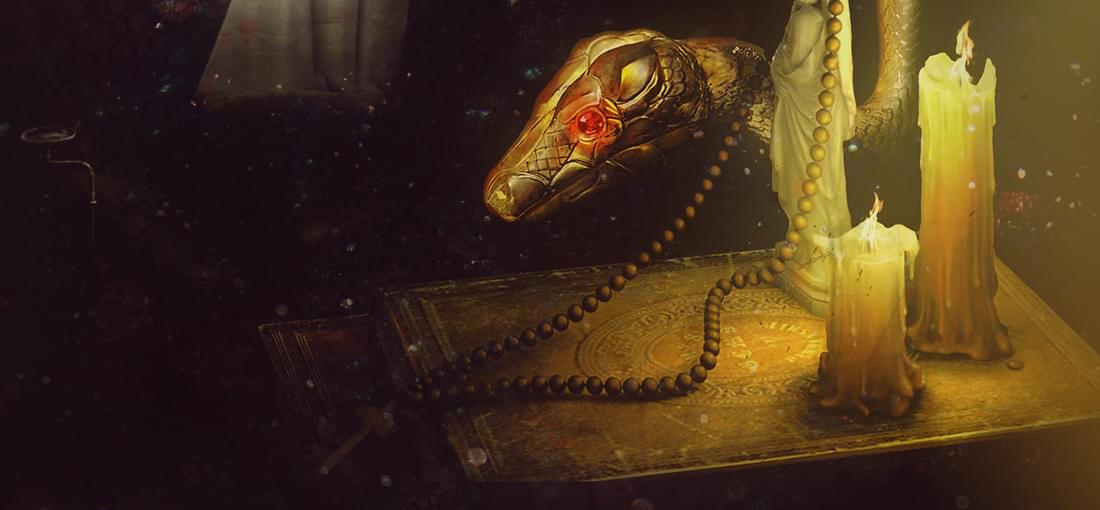
The original game belongs among my long-time favourites. The fact I was overall pleased with this remake should be an indication of its adequacy. One major change I wasn't entirely on board with was the new voice for the protagonist. Namely, I don't think this actor can pull off the suave tone well enough, he made the character sound annoying at times. I didn't have the same problem with the original, but it's entirely subjective and I have to acknowledge the possibility of my being blinded to the original's faults by nostalgia. Hence, that's not the infuriating change I mentioned in the title of my review. The change is to one of the puzzles. Namely, how you get the money for an animal mask. This time, you have to go to the cemetery, to your family tomb. You have to say hello to every member of your family interred there (by "talking to" the nameplates of the tomb), at which point a rat will knock over a nearby vase/urn, revealing a banknote inside. It sounds like a perfect example of the arbitrary non-logic that turns some people off adventure games. It's an unnecessary and, quite frankly, idiotic change from the original.
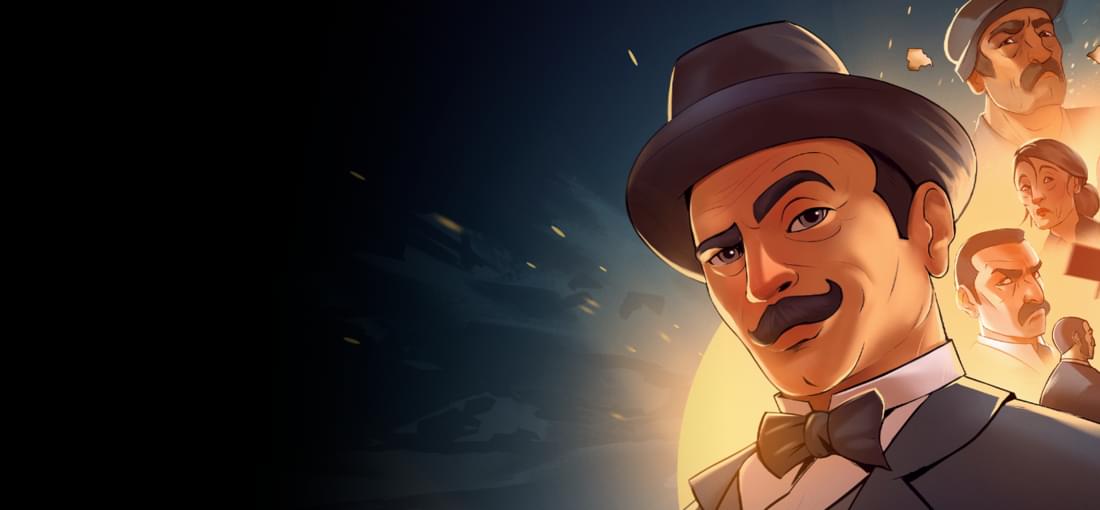
The general low-polish, low-budged feel is acceptable, especially since adventure games tend not to be the most popular genre with core gamers. Instead, the game's main problem are: excessive handholding and out-of-place mechanical puzzles. Firstly, about the handholding. Rather than thoroughly explore the locations at your own pace, looking for clues, you're constantly being set explicitly stated objectives that dictate the order in which you conduct your investigation. Furthermore, the game stops you on its own at specific points to have you connect clues to a given question. It makes the game accessible for beginners, but may frustrate some players. As with the course of the investigation, I'd have preferred to address those questions at my own pace. While it would've extended the length of the game, it would also give me more satisfaction for having finally answered those, perhaps in the form similar to the quiz at the end of each section of Sherlock Holmes and the Silver Earring. In their current form, the questions have some problems as well. For instance, when presented with a vague "What do we know about [the suspect]?", you are to present two clues out of several you have to choose from. Out of those, at least five could answer this vague question, but the game requires two specific ones out of those. Secondly, the mechanical puzzles are just so unnaturally placed and generally unnecessary. At several points in the game, you'll encounter ridiculous contraptions, typically locks on a cabinet, luggage, box, etc., that are impractical, elaborate and unrealistic. Worse yet, some of them belong to people not likely wealthy enough to protect their secrets with such intricate mechanisms. Admittedly, numerous adventure games suffer from this problem, but that's not enough to absolve it.
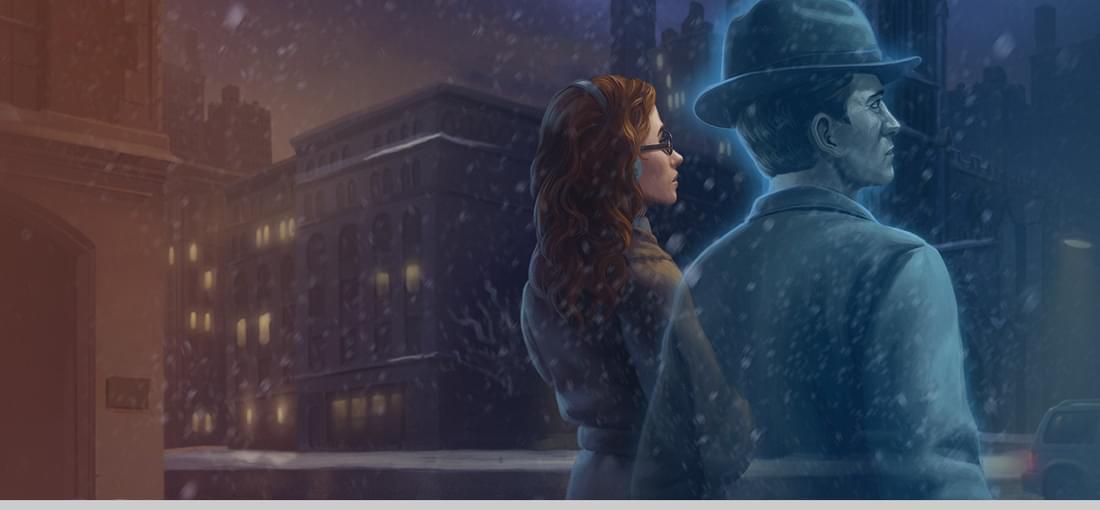
The game is certainly longer (6-8h compared to 2-5h) and better than the previous installments, but it still has some problems. Even with several games to their name, the devs insist on using AGS, a third-party development tool and engine, which apparently only lets you launch the game at the world's lowest resolution, resulting in some inconvenience when ALT-TAB-ing out of the game. If you're still using a CRT monitor, a resolution this low might also massively distort the picture, e.g. with the edges of the screen seemingly "collapsing" inwards. On a more subjective note, I thought the puzzles and writing towards the end of the game suffered from lack of clearly established rules regarding the supernatural elements. As a result, some of the events and solutions felt arbitrary, with a hint of deus ex machina. Overall, I appreciate how many plot points from earlier games in the series were wrapped up and explained in Epiphany. With all those complaints it may sound like I didn't like the game, but I did. While I disagree with the 5-star ratings, I'd still highly recommend you try the game (along with the rest of the series).
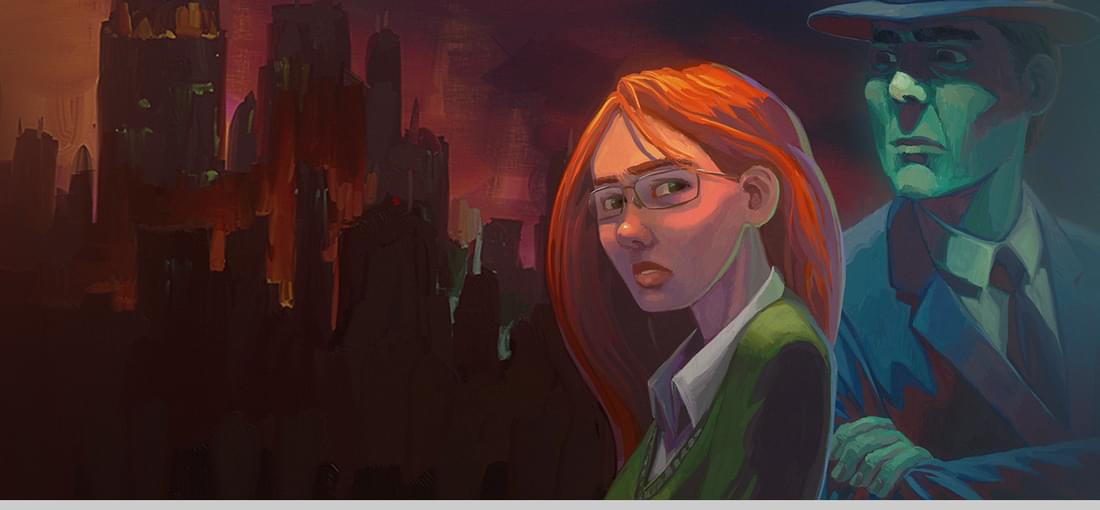
The bundle is four games, a little uneven in length: 2-5 hours each, also affected by how long you take to figure stuff out or stumble into progress. They start as decent amateur job you might find not quite worth charging for, but they definitely improve as the series goes on - in UI and engine, art-style and acting. Also in the games' favour, it's fairly easy to follow their logic, so you shouldn't be stuck too often or for too long. This is in no small part thanks to ditching the plague of point-and-click games: cleptomania and bottomless pockets. The puzzles are for the most part about information rather than items; for instance, you talk to someone who name-drops a company, you look up the company's address, pay them a visit and ask your questions, getting nowhere. So you get your ghost sidekick to look for something you can use as leverage to pressure them for more information, which you combine with another clue to arrive at an important conclusion. This might not be exactly the chain than happens in the games, but it should give you the idea of how you progress in the series. Overall a decent purchase, but four stars is still a tiny bit forgiving.
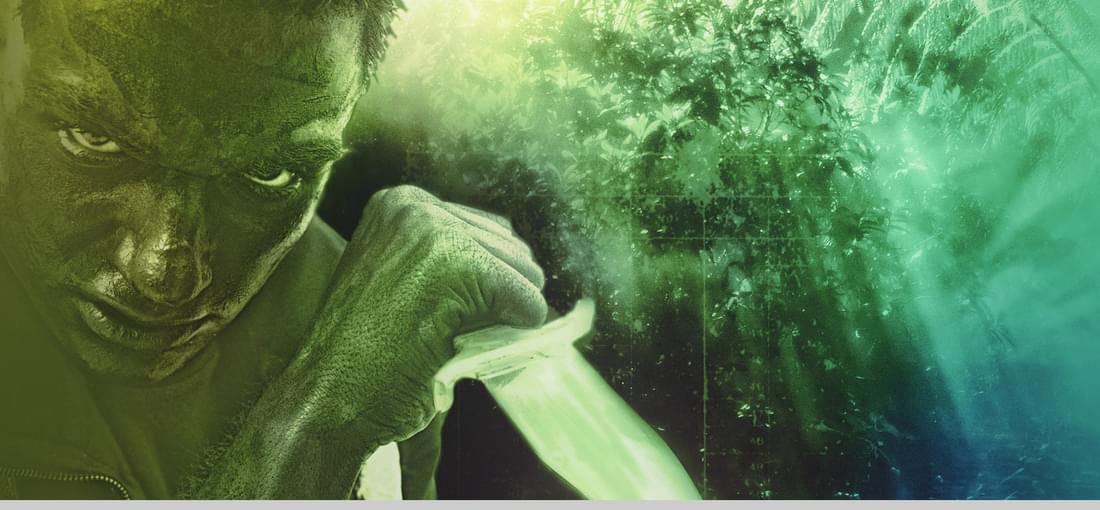
It's a standalone campaign based on Jagged Alliance 2's combat mechanics. Compared to vanilla JA2, Unfinished Business is linear, easier and stripped of some mechanics. In UB, you only pay your mercenaries once (instead of daily or weekly in vanilla), there is only one town in the game and you don't train militia to defend it, there is no control of mines for profit, and there are no tanks or aliens. This game is also considerably shorter than the base one - about 8-20 hours, depending on whether you visit the few optional areas and whether you gun straight for the exit in each sector or thoroughly kill and pillage. Personally, I enjoy Unfinished Business. It's my favourite game in the series, because it strips JA2 down to what I enjoyed about it the most: simple yet tense tactical combat.